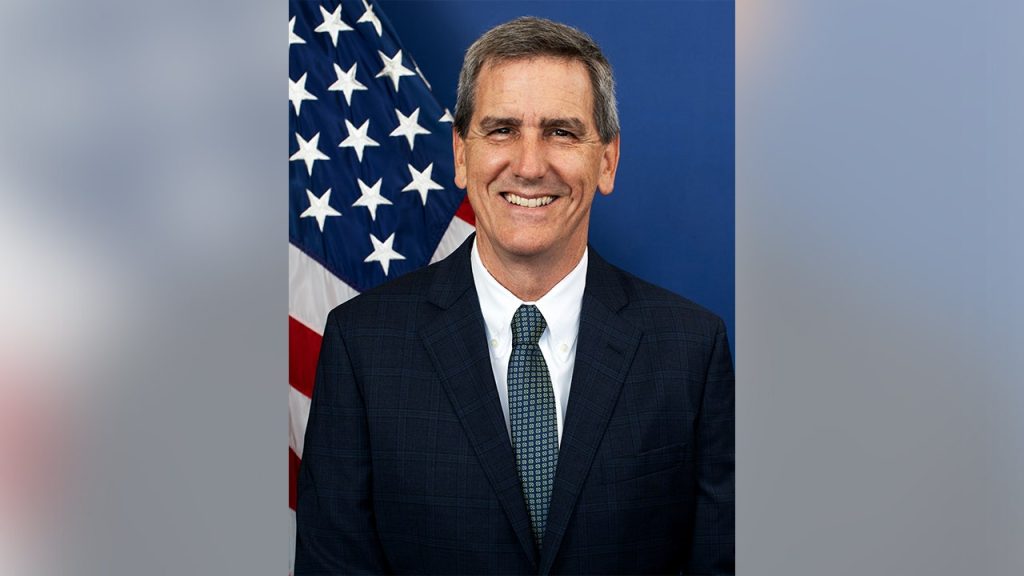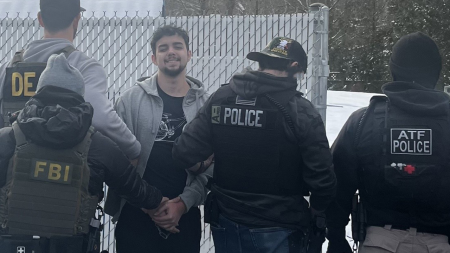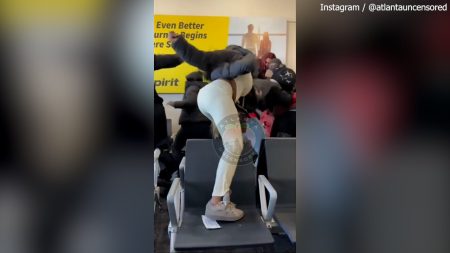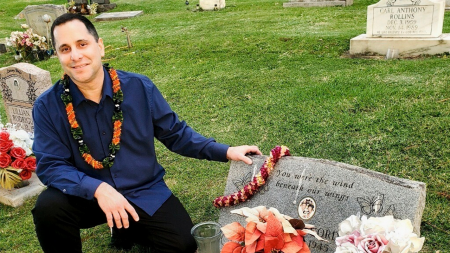Mike Whitaker, the Federal Aviation Administration (FAA) chief, has announced his resignation, effective January 20th, coinciding with President-elect Donald Trump’s inauguration. Whitaker’s departure comes amidst a backdrop of significant challenges and controversies during his tenure, most notably his oversight of Boeing’s safety issues following a midair emergency involving a 737 MAX 9 aircraft. His decision also follows public criticism from SpaceX CEO Elon Musk, a close advisor to Trump, who called for Whitaker’s resignation after the FAA imposed a substantial fine on SpaceX for alleged violations of launch license requirements. While Trump has expressed intentions to replace numerous officials, Whitaker’s departure marks a key transition in leadership for the crucial aviation agency. The FAA also announced the resignation of Deputy Administrator Katie Thomson, leaving Assistant Administrator for Finance and Management Mark House as the senior acting official during the transition period.
Whitaker’s leadership at the FAA was largely defined by his response to the ongoing safety concerns surrounding Boeing aircraft. Following the incident where a door panel detached from a 737 MAX 9 at high altitude, Whitaker took decisive action, capping Boeing’s production rate and demanding comprehensive safety improvements before restoring the company’s full authority. He acknowledged the long road ahead for Boeing, estimating a five-year timeframe for the company to fully reform its safety culture, while also noting positive steps taken by Boeing, including a new parts management system and enhanced training protocols. His rigorous approach reflects a commitment to prioritizing passenger safety and holding Boeing accountable for its manufacturing and safety practices.
The departure of both Whitaker and Thomson creates a leadership vacuum at the FAA during a critical period for the aviation industry. With Mark House stepping in as the interim senior official, the agency faces the challenge of maintaining stability and continuing its ongoing initiatives, particularly the close scrutiny of Boeing’s safety procedures. The transition period also presents an opportunity for the incoming Trump administration to shape the FAA’s future direction and priorities, potentially impacting regulations, safety protocols, and the development of emerging technologies within the aviation sector.
The circumstances surrounding Whitaker’s resignation, including the public criticism from Musk and the broader context of Trump’s anticipated personnel changes, raise questions about the future direction of the FAA under the new administration. While Whitaker’s focus on Boeing’s safety issues has been widely praised, particularly by Senator Tammy Duckworth, who lauded his oversight and expressed hope for its continuation, the incoming administration may adopt different approaches to regulatory oversight and industry relationships. The selection of a new FAA administrator will be a crucial decision, influencing the agency’s approach to safety, innovation, and its interactions with key players in the aviation industry.
Beyond the immediate concerns about Boeing’s safety, Whitaker’s tenure also addressed several other critical issues facing the aviation sector. He grappled with persistent air traffic control staffing shortages, which pose significant challenges to maintaining efficient and safe air travel. He also oversaw the FAA’s response to a series of near-miss incidents, highlighting the ongoing need for vigilance and improvements in air traffic management systems. These challenges underscore the complexity of the FAA’s responsibilities and the importance of strong leadership to navigate the evolving landscape of aviation safety and operations.
As the FAA enters a period of transition, the focus will be on ensuring a smooth handover of responsibilities and maintaining the agency’s core mission of ensuring safe and efficient air travel. The incoming administration’s approach to filling key leadership positions within the FAA will be closely watched, as it will signal the priorities and direction of aviation policy in the coming years. The selection of a new FAA administrator will be a pivotal moment, determining the agency’s approach to safety regulations, its relationship with industry stakeholders, and its role in fostering innovation and addressing the evolving challenges of the aviation landscape.










